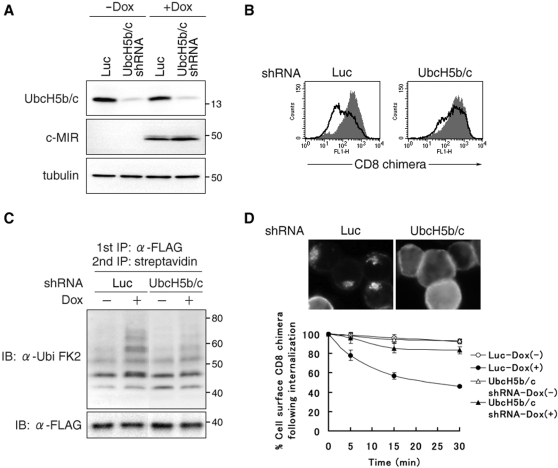Figure 4. Inhibition of surface ubiquitination weakens internalization.
(A) Control shRNA (Luc) or shRNA for UbcH5b and c (UbcH5b/c) was retrovirally transduced into T-REx-c-MIR. Whole cell lysate from each indicated T-REx-c-MIR was analyzed with anti-UbcH5, V5 (for c-MIR), and tubulin Abs 6 hr after incubation with or without Dox. Data are representative of two independent experiments. (B) Indicated T-REx-c-MIR was incubated with or without Dox for 8 hr and the expression of CD8-B7-2-A2 was analyzed by FACS. Data are representative of two independent experiments. (C) Surface molecules of T-REx-c-MIR treated with indicated shRNA were biotinylated first as in Figure 1C. After biotinylated T-REx-c-MIR was incubated with (+) or without (−) Dox for 4 hr, biotinylated CD8-B7-2-A2 was sequentially purified with anti-FLAG Ab and streptavidin-agarose. Each sample was probed with anti-ubiquitin Ab or anti-FLAG Ab. Data are representative of two independent experiments. (D) Indicated T-REx-c-MIR was incubated with Dox for 6 hr and cultivated in the presence of FITC-conjugated anti-CD8 Ab for the last 10 min. Internalized CD8 chimera was observed by fluorescence microscopy (upper panel). For the quantitative analysis of internalization, indicated T-REx-c-MIR was incubated with (+) or without (−) Dox for 6 hr, and surface CD8-B7-2-A2 of T-REx-c-MIR was labeled with anti-CD8 Ab. After cultivation at 37°C for the indicated times, the percentage of remaining CD8-B7-2-A2 was calculated as in Figure 1F (lower panel).

